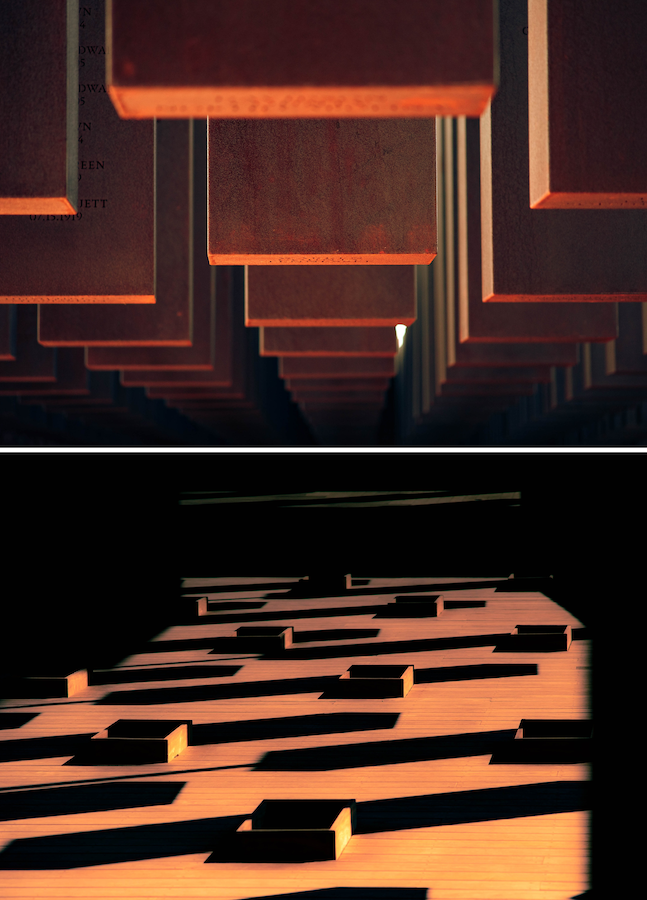Remembering the past: Graduate ambassador recounts how artifacts shape our views of history
By Ariel Seay-Howard
Graduate Ambassador
Ph.D. candidate in communication
When I originally decided to go back to school to become a communication professor, I never thought I would be interested in research. It sounded boring to me and like something I didn't believe I could do. But when I found out I could make a career researching topics I’m interested in, that changed my entire outlook.
I started researching topics that revolved around my passions, like activism and trying to understand how and why the Black community has been impacted by racial violence. Now, I’m investigating the nation's remembrance of racial violence, and how it has impacted African Americans' lived experiences in the United States.
I examine how new modes of commemoration, like lynching memorials, former slave plantations that are now museums, and documentary films, operate as counter-memories that help the public remember racial violence differently than the sanitized white narrative that we are typically taught through K-12 schooling.
In exploring these new approaches to remembering, I hope to create a new way of recalling this violent history and illuminating ways that we can transform how we discuss the past, present, and future.

I recently took a trip to visit two of my artifacts—the Whitney Plantation in Louisiana and the National Memorial for Peace and Justice and the Legacy Museum in Montgomery, Alabama. I learned so much about myself in the process, and my history as a Black woman living in the United States of America.
I also realized that the more I learn about the racial violence, Black success, and joys, defeats, and struggles that the Black community has gone through, the more I respect my culture and understand my parents’ and grandparents’ lived experiences.
My research has given me more confidence in myself and my history and made me the activist I am today. Therefore, I want to encourage as many students and individuals as possible to learn more about their history and others’ history through research to better understand the range of lived experiences.
If we do this, maybe we can start to close the racial and political divide.